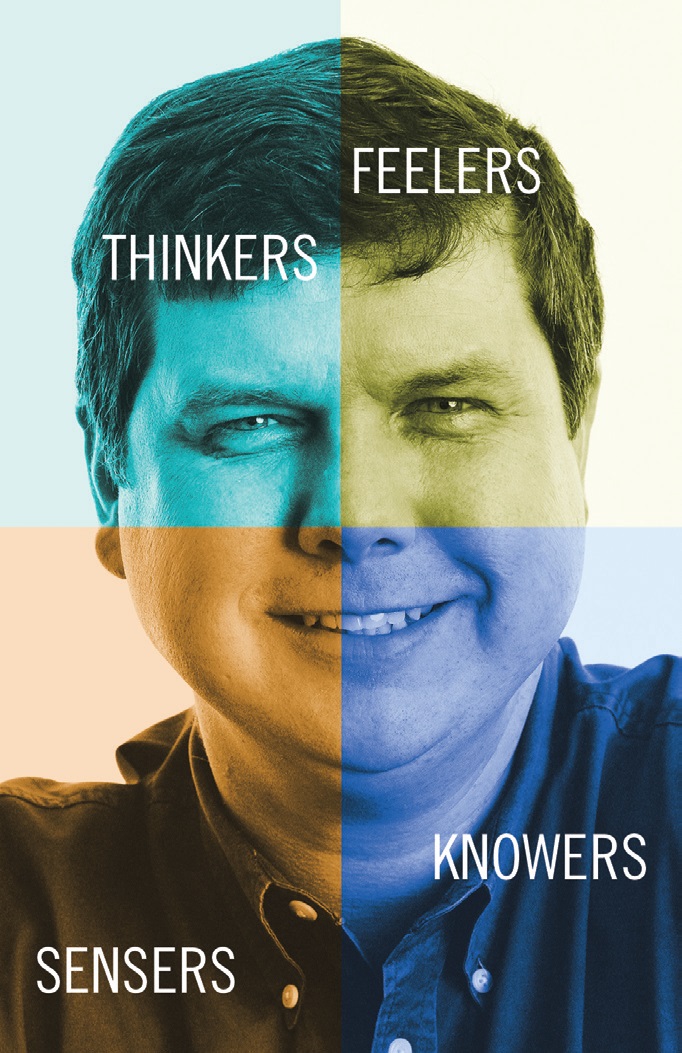‘Make It Make Sense’
Jerry L. Kennedy | TLT Selling Points February 2009
Developing the ability to understand how your prospects process information and make decisions is the path to higher sales.

People tend to process information in four distinct ways.
I’ll never forget my first sales lesson, taught to me over 10 years ago. I was doing a ride-along with my trainer, and he told me something that has stuck with me since: “Jerry,” he said, “there is only one thing you have to do to make a sale, and that’s to make it make sense to the prospect!”
Make it make sense—such a simple concept. After all, if what you’re proposing makes sense to the prospect, why would they choose
not to do it?
Even though the concept is simple, in practice this can be a lot harder than it sounds. How many of us have put together a stunning proposal that makes perfect sense
to us, only to have what we are saying met with a blank stare and a “Thanks, but we’re not going to make any changes right now” from the prospect? I’m sure it’s happened to all of us at least once.
So what is the secret to this simple formula for success? Is there a way to make our proposals make sense to our prospects more often? There is, and the key is to develop your ability to understand how your prospects process information and make decisions.
According to Carl Jung, there are four main ways people process information: (1.) Thinkers who are primarily concerned with data and facts, (2.) Feelers who are more concerned with their emotional reactions, (3.) Sensers who give primary consideration to information coming from their physical senses and (4.) Knowers who believe in their intuitive power to know when something is right.
Everyone uses all four of these modalities to process information to a greater or lesser degree, but one or two of them will always dominate an individual prospect’s thinking. In order for your proposal to make sense to a specific prospect, it has to be presented in a way that can be easily processed through that person’s dominant modality.
With this in mind, the problem now becomes how to determine what a particular prospect’s dominant modality is. The trick is developing your awareness; you have to begin to pay attention to the clues!
For example, when you look around the prospect’s office, do you see evidence of a lot of data compilation? Are there spreadsheets and reports on the desk? If so, you’re probably dealing with a Thinker. In conversation, does the prospect continuously refer to different emotions (happiness, anger, sadness, etc.)? You likely have a Feeler on your hands.
I say “probably” and “likely” because this skill will take some time to develop, and you’re going to miscategorize some of your prospects along the way. Even with experience, you’ll occasionally come across someone who’s dominant and secondary modalities are pretty much on an even keel. If you keep at it though, constantly striving to increase your level of awareness, eventually you’ll be able to tell a Thinker from a Feeler and a Senser from a Knower within minutes of meeting them.
In the meantime, while you are developing your perceptive abilities, try to offer something for everyone in your proposals: start with a quick, one or two sentence synopsis and a few bullet points for the Knowers, some data and analysis for the Thinkers, a story or two for the Feelers and some pictures, charts and graphs (or, if possible, a multimedia format) for the Sensers. For more information on understanding your prospects and how they think, I highly recommend David Kiersey’s “
Please Understand Me II,” available at any bookstore.
Creating proposals and making presentations tailored specifically to your prospects’ dominant information-processing and decision-making modalities will exponentially increase your ability to “make it make sense” for them. When that happens, you’ll find prospects that are eager to buy from you.
 Jerry Kennedy, CLS, is owner of Inside Out Business Solutions, a sales and customer service training organization. You can reach him at jkennedy@inside-out-solutions.com
Jerry Kennedy, CLS, is owner of Inside Out Business Solutions, a sales and customer service training organization. You can reach him at jkennedy@inside-out-solutions.com.